Cultural tourism is the strength of Lao Cai - from the misty Sa Pa National Tourist Area, the special national monument of Mu Cang Chai terraced fields to the villages with traditional crafts that always attract millions of visitors every year. However, besides economic benefits, the reality at tourist destinations is raising the question: How to balance tourism development, revenue exploitation and preservation, orientation of indigenous culture to avoid misunderstanding or distortion of national identity?

The road leading to tourist attractions in Ta Van commune is usually bustling with specialty stalls, handicrafts and photo-taking costume rental services. This is a famous check-in point: waterfalls, wooden houses, traditional craft areas - all create an attractive picture. Among those colors, many shops display and rent colorful costumes in Mongolian and Chinese styles; the colors and patterns are not the traditional costumes of the Mong people in Ta Van.
Similarly, in Mu Cang Chai - a place famous for its special national monument - terraced fields, tourists often wear modernized ethnic costumes to take photos, with patterns and designs that are very different from the traditional costumes of the local Mong people. Such costumes attract tourists because of their uniqueness, so local services are ready to meet the demand. If this trend continues, the risk of blurring or distorting the cultural image of the indigenous peoples is inevitable.

Many tourists, especially young people, come to check-in spots like Ta Van or Mu Cang Chai with the main goal of having impressive photo sets to share on social networks. When shops rent out colorful, comfortable and easy-to-pose costumes, customers often choose them without knowing much about their origin and cultural significance.
Ms. Nguyen Huong - a tourist from Hanoi shared: "I came to Ta Van because I saw many beautiful pictures online. When renting clothes, I only cared about whether they looked good when taking pictures or not. I don't know clearly whether they are the traditional costumes of the Mong people here or not. If I knew clearly, I would consider finding a more local outfit."
The reason Ms. Le Thu in Ho Chi Minh City chose non-traditional outfits is simply: "I like the color and style, the store introduced beautiful clothes, I wore them, but I didn't research them carefully."
Service owners, costume rental providers and even tour guides are not fully trained on the value, symbolism and differences between ethnic costumes. Without clear signs or labels, tourists are easily confused, or led to choose costumes based on the seller's suggestions. Besides, eye-catching costumes are rented faster and more profitable than traditional costumes - which require more materials, effort and cost. Businesses and households often prioritize easy-to-sell designs, paying little attention to cultural authenticity.

On the other hand, the fashion market through social networks and e-commerce, makes it easy for foreign clothing designs to flood into tourist destinations. When imported or copied designs are considered “better”, clothing rental places are ready to import them to meet the tastes, regardless of whether they are “culturally appropriate or not”.
Designers affirm that the costumes of the Mong people or any ethnic group have their own beauty. When skillfully stylized, the costumes are very attractive, both honoring the identity and meeting the needs of modern fashion. The problem is that there needs to be orientation such as popularizing standard stylized models, cooperating with local artisans, training costume rental service owners so that they know how to accurately introduce the origin and meaning of the costumes.
Mr. Nguyen Manh Hung - Head of Yen Bai Folk Culture Association, who has studied folk culture for many years, emphasized: The owner of culture is the community. When tourism exploits forms, colors, and costumes without the participation, control, and shared benefits of the local community, there is a risk of change, even loss of core values.

Respecting local culture does not mean reducing revenue. On the contrary, tourism products with a clear identity will be more competitive, attracting customers who are truly interested in culture, creating added value (higher prices, longer stays, sustainable consumption). Investing in quality products (standard costumes, guided experiences, brocade making workshops) helps increase the value of services, while transferring benefits to the community.
Head of Yen Bai Folk Culture Association Nguyen Manh Hung proposed: It is necessary to develop standards for identifying traditional costumes. In which, the functional sector coordinates with village elders and artisans to describe and store standard costume samples. Issue certificates for standard traditional garment products and create identification for rental points - official points of sale. Train service teams such as training on costumes, origin, meaning, and how to introduce costumes to tourists.
Along with that, internal communication through caption boards and posters at rental points explains the difference between “original” costumes and creative or imported costumes. In addition, develop stylized costumes according to local culture. Encourage stylized designs based on traditional models, simplified for easy wear, still keeping the characteristic colors and patterns.

It is necessary to limit the sale of foreign-inspired costumes that are introduced as “local costumes”. Organize communication campaigns to tourists in the spirit of respecting identity and choosing traditional costumes. Integrate cultural education content into tours to make the experience more profound, not just “check-in”. The State and tourism businesses need to support and give incentives to traditional costume sewing establishments, promoting cultural stories associated with the products.
Cultural tourism in Lao Cai is facing a crossroads, it can continue to develop in breadth, serving the need for instant "check-in" but gradually losing its soul; or choose the path of sustainable development, preserving identity through culturally oriented solutions, connecting artisans - designers - tourism businesses - communities. Orientation from today - through costume standards, training service workers, transparent labels, encouraging standard stylized costumes, will help Lao Cai both preserve unique cultural values and increase tourism value in the long term.
Source: https://baolaocai.vn/dinh-huong-van-hoa-tai-cac-diem-du-lich-giu-ban-sac-hay-chieu-theo-thi-hieu-post882590.html





![[Photo] Prime Minister Pham Minh Chinh receives Lao Minister of Labor and Welfare Phosay Sayasone](https://vphoto.vietnam.vn/thumb/1200x675/vietnam/resource/IMAGE/2025/11/11/1762872028311_dsc-2246-jpg.webp)



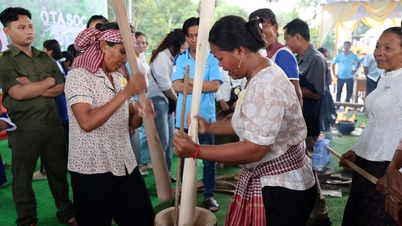



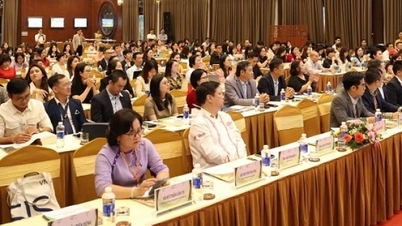

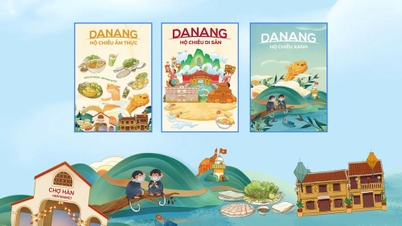



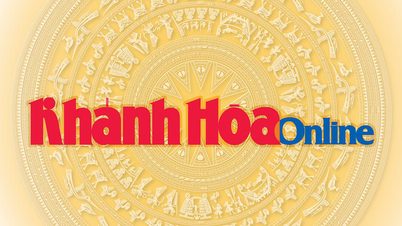

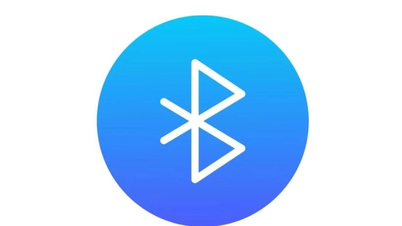









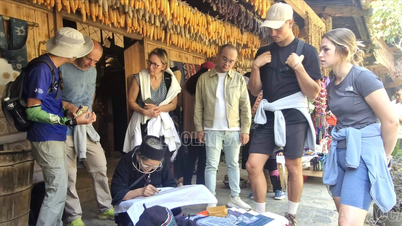





























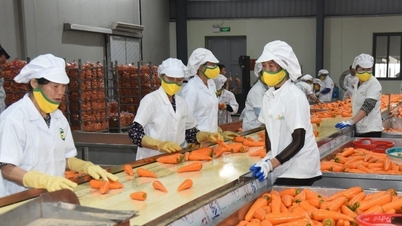











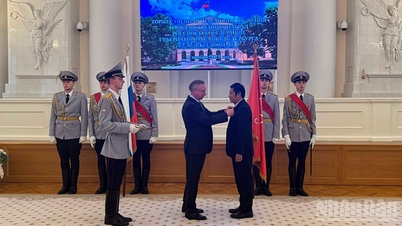
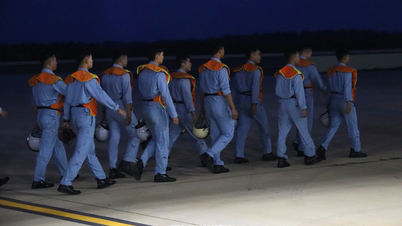

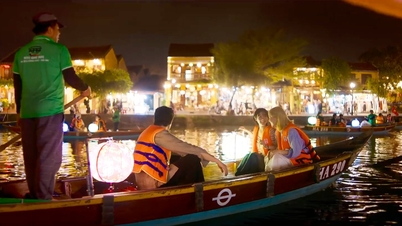













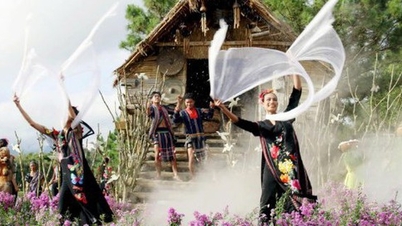


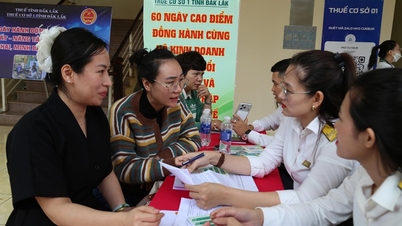



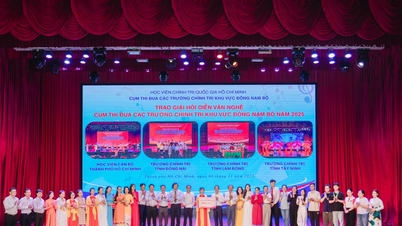

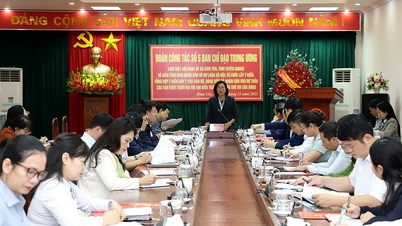






![Dong Nai OCOP transition: [Article 3] Linking tourism with OCOP product consumption](https://vphoto.vietnam.vn/thumb/402x226/vietnam/resource/IMAGE/2025/11/10/1762739199309_1324-2740-7_n-162543_981.jpeg)






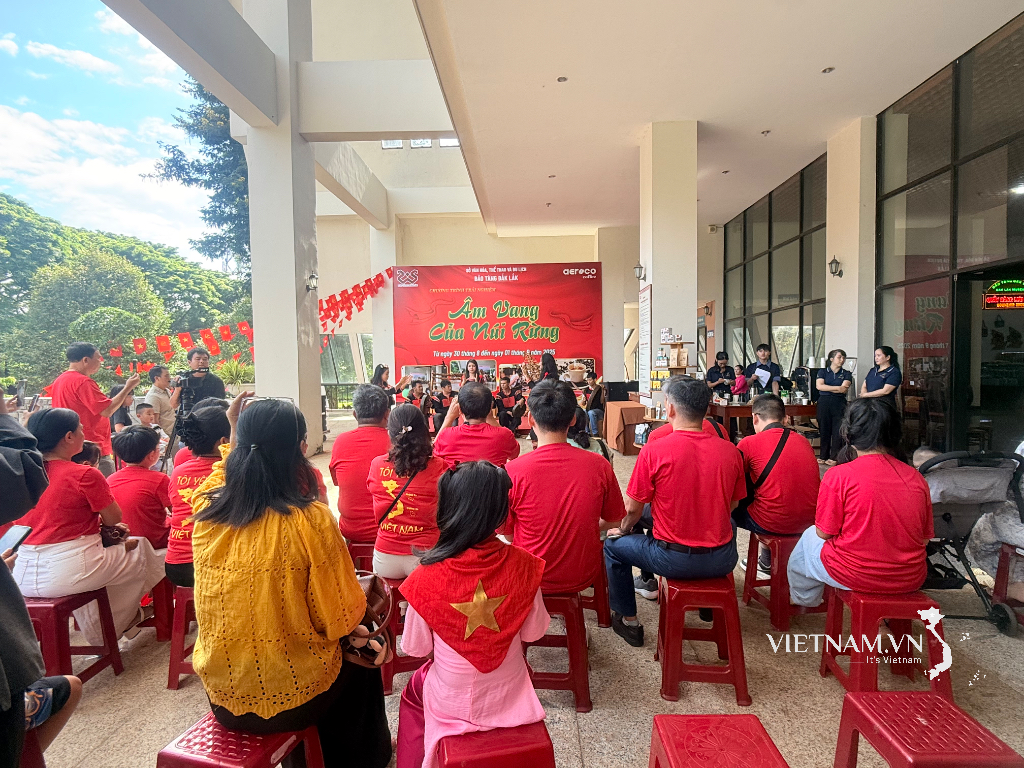

Comment (0)